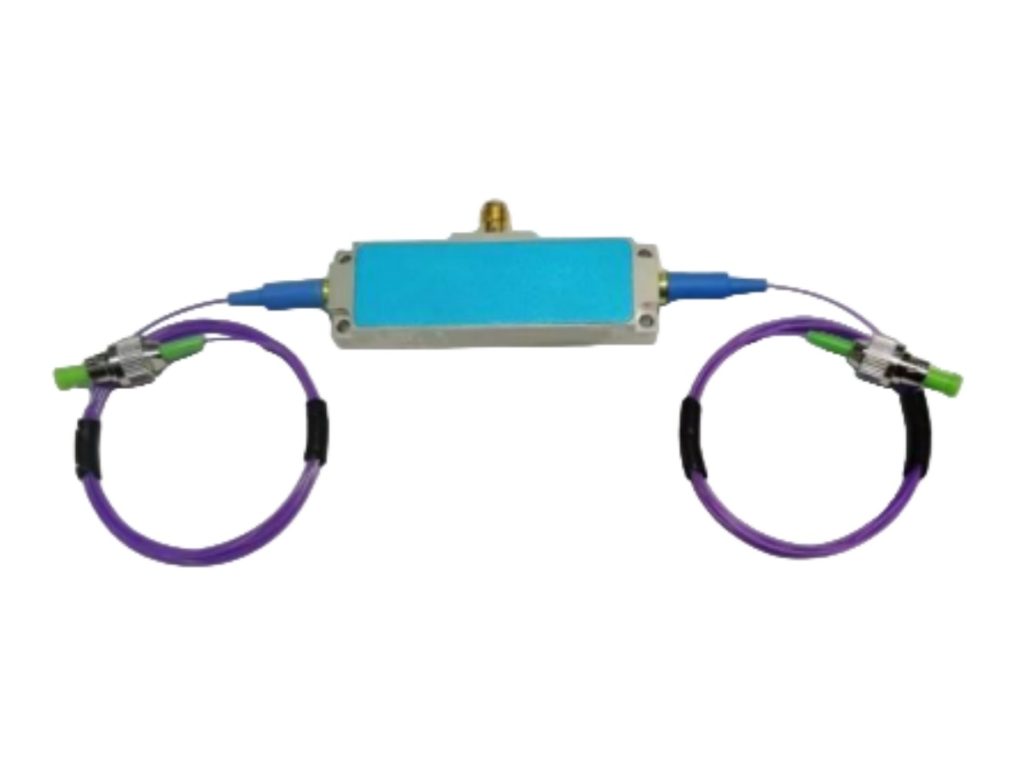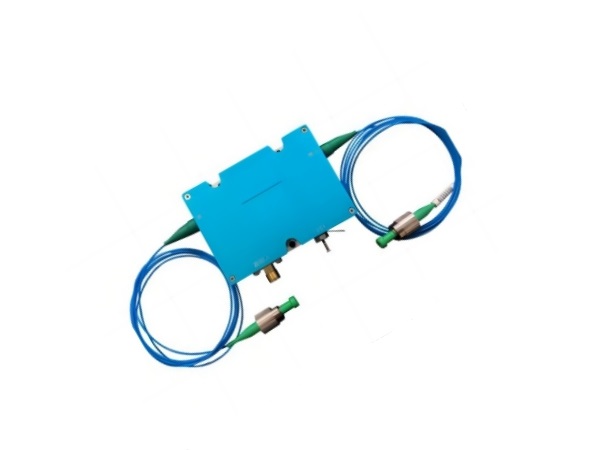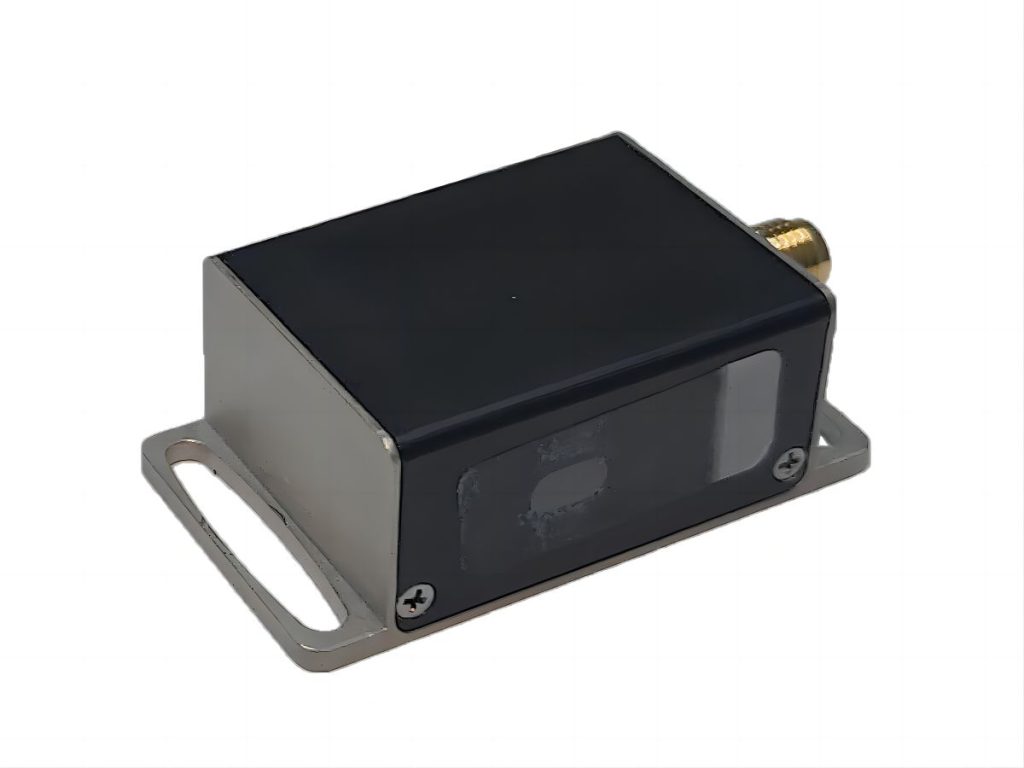AOM Troubleshooting: From Damage Prevention to Noise Diagnosis
Space Acousto-Optic Modulators (AOMs) are essential components in many optical systems. Their reliability and performance are critical to the overall system’s effectiveness. However, AOMs are susceptible to damage from a variety of sources, and when problems arise, determining the root cause can be difficult. This article delves into common AOM issues, offering insights into potential damage scenarios, diagnostic methods, and noise characterization, which is a common problem in AOM systems. Understanding these aspects allows users to extend AOM lifespan, optimize performance, and reduce downtime.
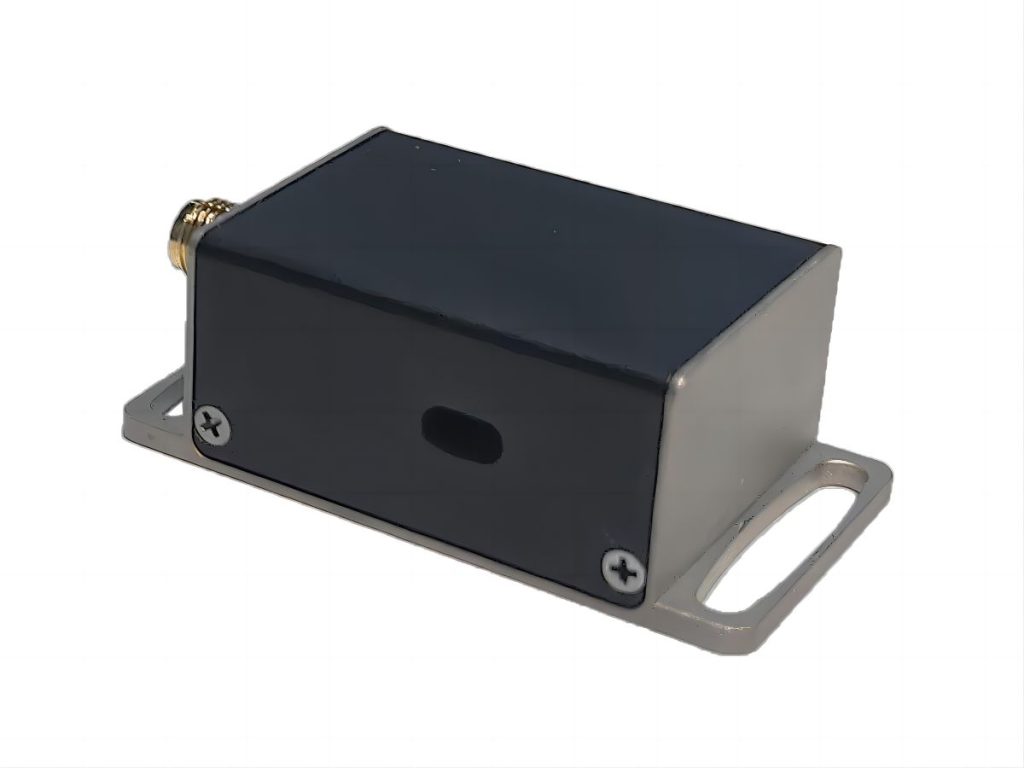
Under What Circumstances Can an AOM Be Damaged?
| Damage Scenario | Description |
| Excessive Laser Power | Exposing the AOM to laser power exceeding its rated threshold can damage the crystal’s internal structure, affecting its performance or causing permanent failure. |
| Improper RF Drive Signal | RF drive signals outside the AOM’s operating range can induce unexpected reactions within the crystal, leading to damage. |
| Environmental Factors | High temperature, humidity, and other environmental factors can impair AOM performance. Prolonged exposure to adverse conditions can accelerate device aging and increase the risk of damage. |
| Mechanical Shock | Strong mechanical shocks can physically damage sensitive components of the AOM, especially the crystal. |
| Fiber Optic Connection Issues | Poor fiber-to-AOM connections or contamination/damage on fiber end faces can reduce signal transmission efficiency and increase the likelihood of internal damage. |
| Beam Quality Issues | Improper beam alignment or poor beam quality can cause localized overheating, damaging the AOM. |
To prevent these damage scenarios, ensure that the AOM operates within the manufacturer’s specified parameters and implement appropriate protective measures, such as using protective devices and storing and operating the AOM in a suitable environment. Regular maintenance and inspection are also crucial for ensuring the long-term stability of the AOM.
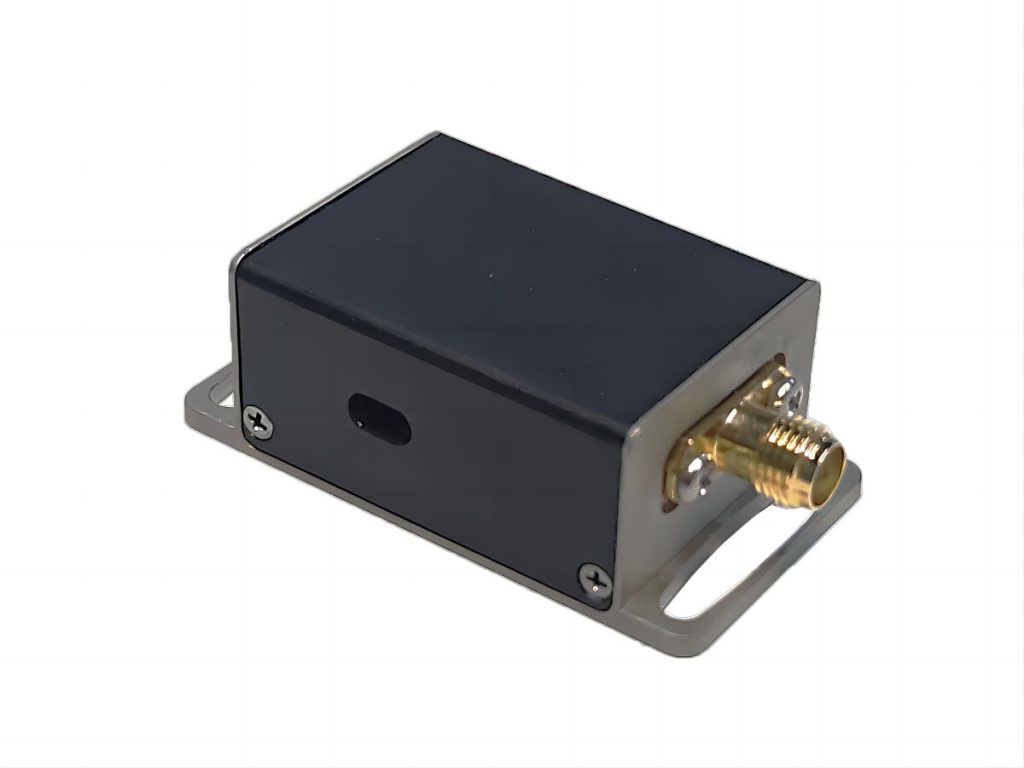
Methods to Determine if a Space Acousto-Optic Modulator (AOM) is Damaged
To determine if a Space Acousto-Optic Modulator (AOM) is damaged, the following steps can be taken:
- Inspect Power Supply and Signals: Ensure that the AOM’s power supply is functioning correctly and that the RF drive signal’s frequency and amplitude are within the AOM’s specified operating range.
- Observe Output Light: Use a photodetector or spectral analyzer to observe the AOM’s output light. A significantly reduced or absent output light intensity may indicate damage.
- Test Insertion Loss and Zero-Order Light: Employ specialized testing equipment to measure the AOM’s insertion loss and zero-order light loss. A significant increase in insertion loss or abnormal zero-order light loss may suggest internal damage.
- Inspect Fiber Optic Connections: Verify that the fiber optic connections to the AOM are secure and that the fiber end faces are clean and free from contamination or damage.
- Compare Performance Parameters: Compare the current performance parameters with the AOM’s original specifications or historical data to identify any significant deviations.
- Auditory and Visual Inspection: In some cases, internal damage to the AOM may be accompanied by abnormal sounds or visible cracks.
- Utilize Diagnostic Tools: If necessary, use diagnostic tools provided by the manufacturer or consult with a technical expert for further inspection.
If after following these steps, you suspect that the AOM is damaged, it is recommended to contact the manufacturer or a professional repair service for a detailed inspection. During the inspection process, adhere to all safety procedures to prevent accidental injury or further damage to the equipment.
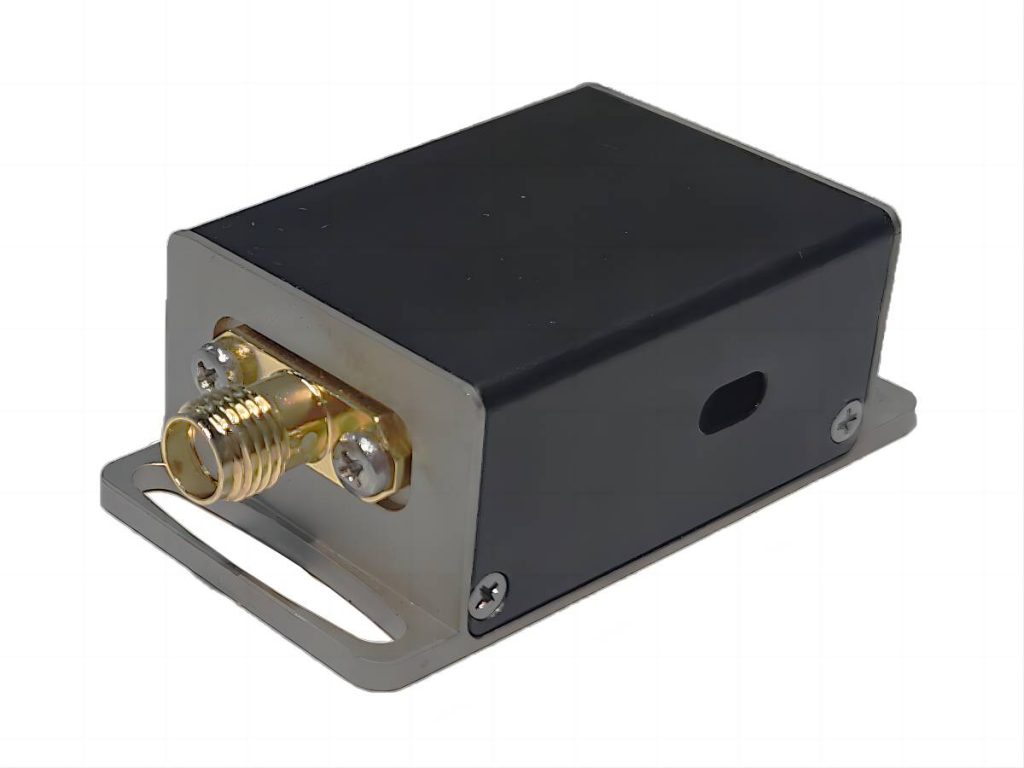
Noise Characteristics of AOM Modulators
| Noise Characteristic | Possible Cause |
| Continuous Noise | Crystal damage leading to irregular vibrations within the AOM. |
| Periodic Noise | Resonance of a specific part of the crystal due to RF drive. |
| Varying Noise Volume | Unstable vibrations caused by crystal damage. |
| Varying Noise Pitch | Alteration in the sound wave propagation path due to crystal damage. |
| Operation-Dependent Noise | Related to specific operating conditions such as RF drive signal strength, frequency, or temperature changes. |
| Abnormal Diffraction Efficiency | Crystal damage affects polarization-dependent diffraction processes, leading to noise related to the input beam’s polarization state. |
| Changes in Beam Quality | Crystal damage affects diffraction efficiency, leading to abnormal output intensity changes and potential noise. |
| Polarization Sensitivity | Crystal damage leads to irregular vibrations within the AOM. |
When diagnosing noise in an AOM, these characteristics should be considered in conjunction with experimental observations and analysis to determine the specific source of the noise. If crystal damage is suspected, a detailed inspection should be conducted, and replacement or repair of the AOM may be necessary.

Conclusion
AOMs are sophisticated devices that must be handled and maintained with care. Users can significantly improve AOM reliability and system performance by understanding potential damage factors, implementing effective diagnostic procedures, and recognizing distinctive noise characteristics. Proactive measures, such as regular inspections, adherence to operating parameters, and prompt response to anomalies, are critical to ensuring AOM longevity and optimal function. Smart Sci & Tech understands critical parameters like AOM loss, on/off extinction ratio, and rise time. This allows us to provide standard products that consistently exceed expectations while also offering tailored services to meet specific needs. Whether you need off-the-shelf solutions or custom designs, we’re here to collaborate and respond quickly to your needs.

